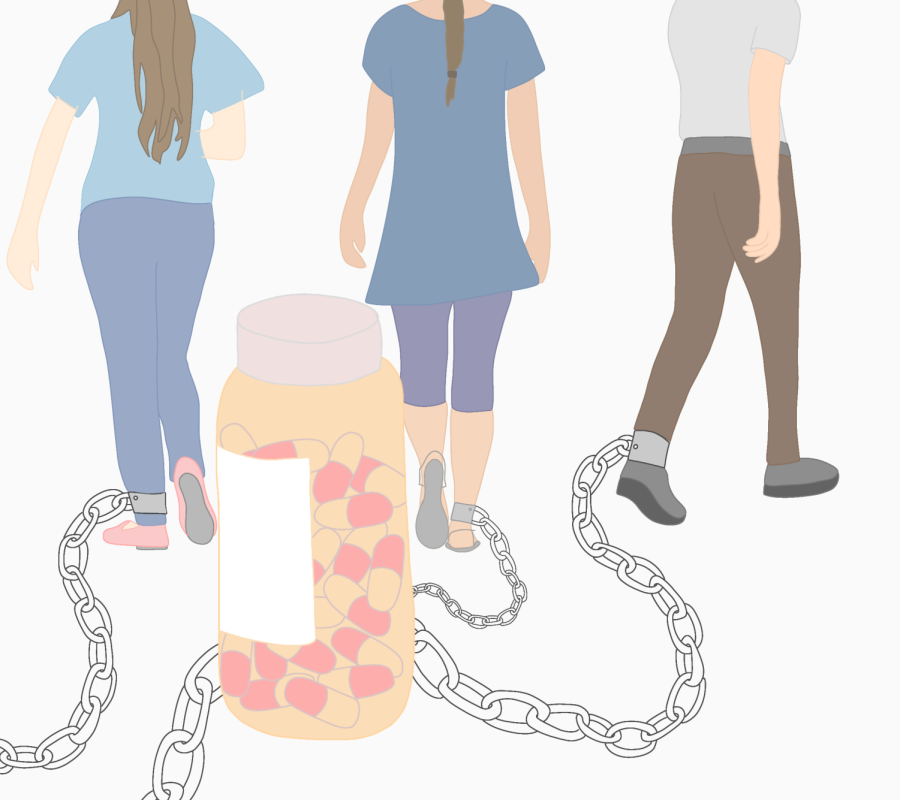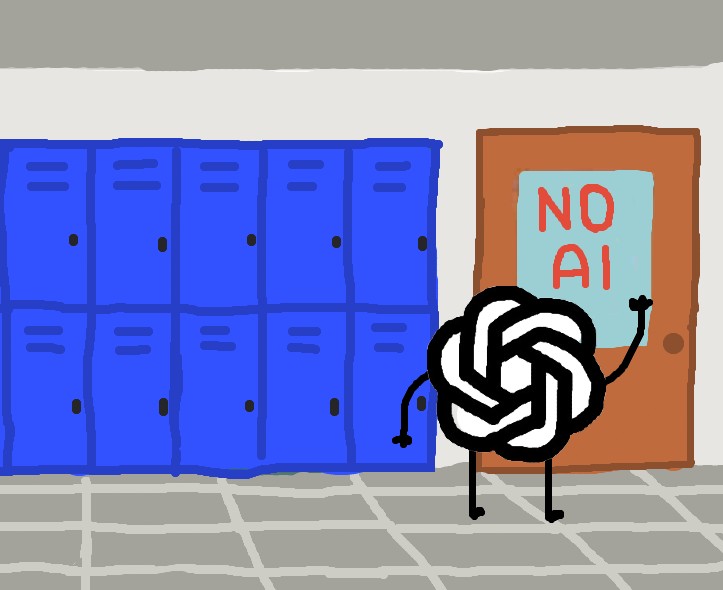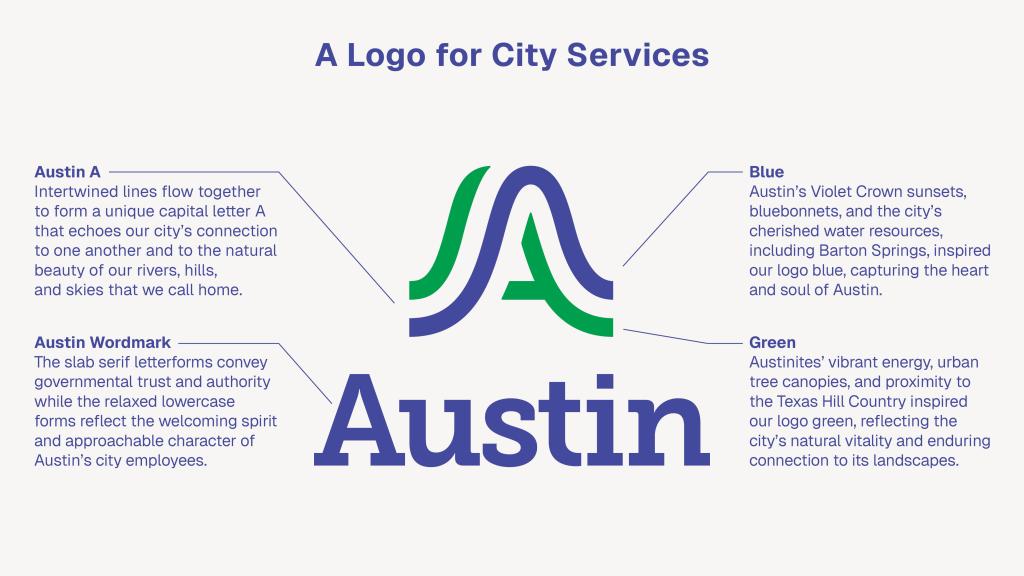Teenagers experiment with drugs. According to the National Institute for Drug Abuse Statistics, 20% of eighth graders have tried an illegal substance at least once. By 12th grade, that portion rises to 46.6%. To put it in perspective, McCallum’s senior class has just over 400 students. Statistically, by the time they’re nearing graduation, about 190 of them have experimented with drugs.
With the prevalence of fentanyl on the street and the continuing rise in opioid abuse, we need to be doing more to educate our youth—not only on negative effects and consequences of substance use but on harm reduction too.
The current Texas Essential Knowledge and Skills on alcohol and drug education are a decent start, but definitely need to be built upon. The TEKS cover the adverse negative health effects that a substance abuse problem can have and provide some information on treatment options for someone in active addiction. What they lack is information on what to do in the moment. What if a teenager’s friend is overdosing at a party, and requires a dose of Narcan right then and there? Or they see someone blacked out? Such information needs to be made readily available in order to save lives.
Students, especially at the middle and high school level, should be taught basic and potentially life-saving techniques for assessing and taking care of those under the influence. It is essential that students be taught how to recognize what someone may have taken based on their symptoms (Are they acting normally? Are they breathing properly? Can they balance their weight when standing? Do their eyes appear to be normal?) and what to do to help them based on those symptoms. A properly educated student could save a drunk classmate’s life simply by resting them on their side instead of their back.
Recently, McCallum provided a lesson during advisory teaching students about fentanyl, which was a great example of what we should move towards. It covered all the bases, going from identifying and testing for fentanyl, signs of someone misusing it, and what to do in the case of an overdose. Instead of a lesson telling the class not to use fentanyl and employing scare tactics, it taught us exactly why it is so dangerous and what to do in case of an overdose.
Right now, our curriculum is mainly about avoidance and consequences. We are in agreement with the state here, avoidance/abstinence is still the safest option and we should in no way encourage teenagers to misuse drugs or alcohol. But we shouldn’t shy away from the topic of them in class either. A more in depth understanding of illegal drugs wouldn’t only mean better educated students, it could save lives. We need the TEA to mandate proper education of safety processes. Telling kids not to do drugs is not enough, we need to give them the tools to save themselves.








